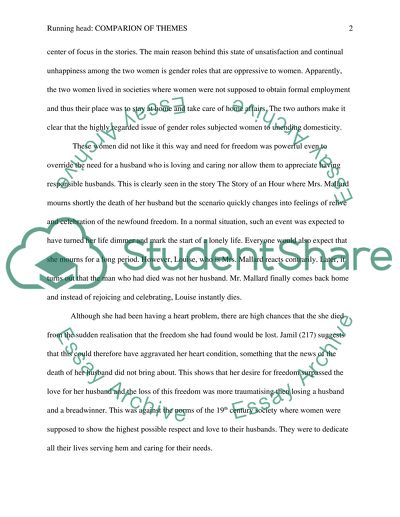Cite this document
(“Gender Roles in the Story of an Hour and The Necklace Essay”, n.d.)
Retrieved from https://studentshare.org/literature/1440186-gender-roles-in-the-story-of-an-hour-and-the-necklace
Retrieved from https://studentshare.org/literature/1440186-gender-roles-in-the-story-of-an-hour-and-the-necklace
(Gender Roles in the Story of an Hour and The Necklace Essay)
https://studentshare.org/literature/1440186-gender-roles-in-the-story-of-an-hour-and-the-necklace.
https://studentshare.org/literature/1440186-gender-roles-in-the-story-of-an-hour-and-the-necklace.
“Gender Roles in the Story of an Hour and The Necklace Essay”, n.d. https://studentshare.org/literature/1440186-gender-roles-in-the-story-of-an-hour-and-the-necklace.


